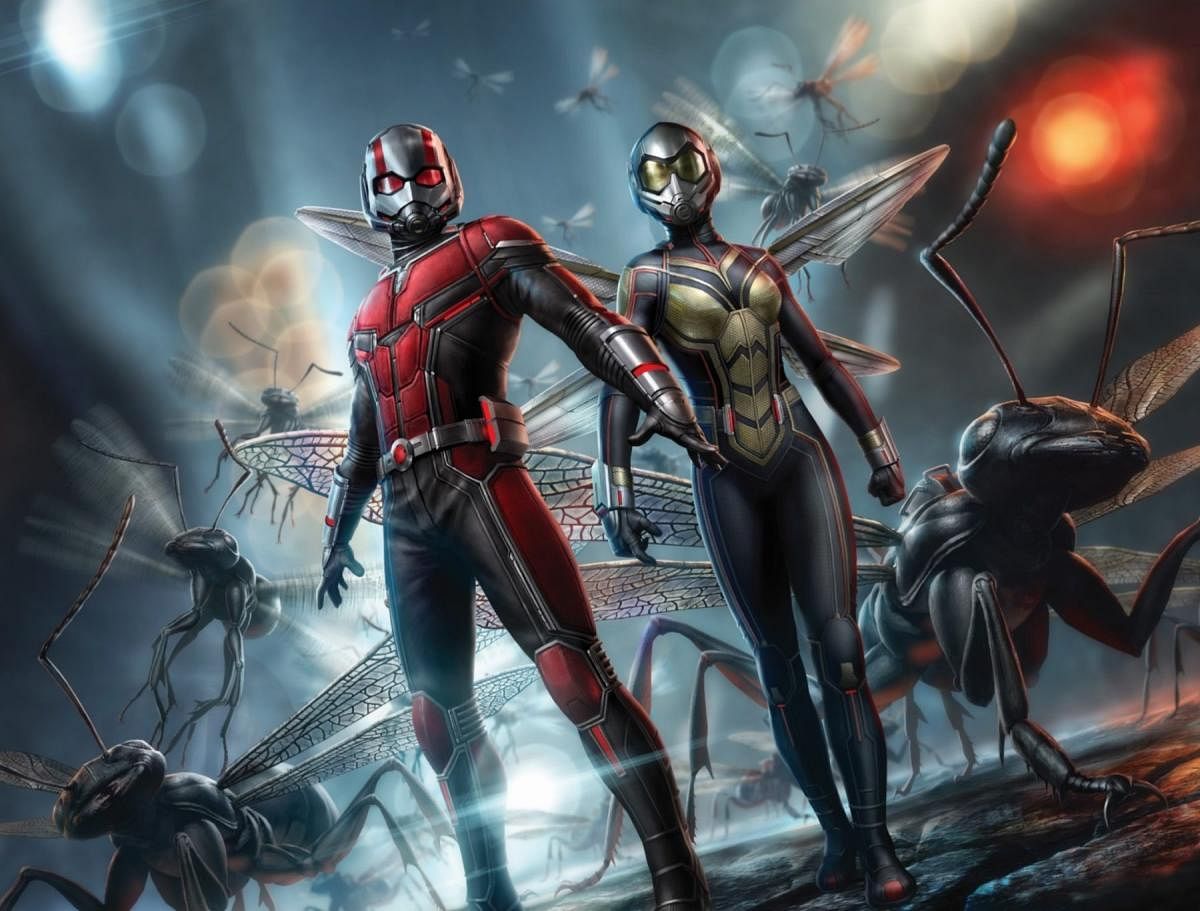
Marvel comics superheroes Ant-Man and the Wasp would face serious challenges breathing when they shrink to insect sizes, say scientists who have developed devices that could make life easier for the fictional characters.
The Ant-Man and the Wasp -- eponymous stars of the 2018 film -- possess the ability to temporarily shrink down to the size of insects while retaining the mass and strength of their normal human bodies.
However, scientists from Virginia Tech in the US suggest the bug-sized Ant-Man and the Wasp would face serious challenges, including oxygen deprivation.
They have developed microfluidic devices inspired by insect respiratory systems in which the flow rate and direction of flow through individual channels in the device can be controlled without the use of valves.
The work could reduce the actuation machinery needed for microfluidic devices used in many different scientific fields, and make them more portable and cost-efficient.
"Applying that perspective to Ant-Man and the Wasp seemed like a straightforward thing to do," said graduate student Max Mikel-Stites of Virginia Tech.
In their analysis, the researchers determined that the atmospheric density experienced by the bug-sized heroes is reduced to a level nearly identical to that of Mt Everest's "death zone," where there is not enough oxygen for a human to breathe.
"While the actual atmospheric density is the same for an insect and a human, the subjective atmospheric density experienced by a human who shrinks to insect size changes," Mikel-Stites said.
"For example, a normal-sized person taking a deep breath can expect to inhale some number of oxygen molecules. However, when that person is shrunk down to the size of an ant, despite still needing the same number of oxygen molecules, far fewer are available in a single breath of air," he said.
The "death zone" begins for a normal-sized human about 8,000 metres above sea level. The shrunken superheroes, the researchers calculated, would feel like they were at an altitude of 7,998 metres, and that would make for a serious -- if not deadly -- case of altitude sickness.
"For someone not acclimated, symptoms of altitude sickness range from headaches and dizziness to the buildup of fluid in the lungs and brain, and possibly death," Mikel-Stites said.
"This occurs in part because people may respond by trying to breathe more rapidly, to increase their oxygen intake, and because the body is attempting to function with less oxygen than it normally does," he said.
That is not the extent of Ant-Man's and the Wasp's problems, the team found.
Based on a relationship known as Kleiber's law, which correlates the metabolic rate of an animal to its size, the researchers found that the metabolic rates per unit mass of the superheroes at bug size would increase by approximately two orders of magnitude -- as would their oxygen demands.
According to Mikel-Stites, the use of microfluidic components such as Knudsen pumps (which are driven by temperature gradients) and microscale gas compressors, could be embedded into the helmets of Ant-Man and the Wasp to help them breathe at the microscale.